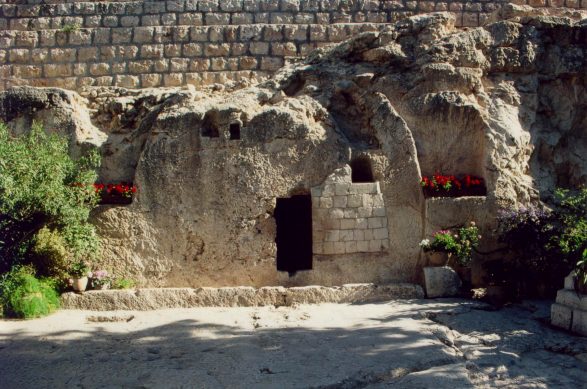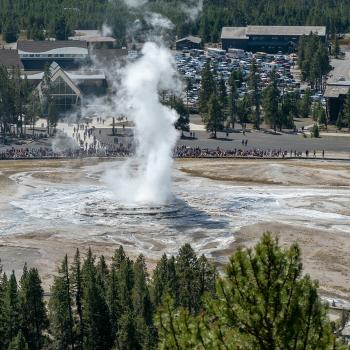
Helmut Koester writes that the appearances of Jesus “cannot very well be questioned.”[1] “We can say with complete certainty,” writes the agnostic New Testament scholar Bart Ehrman, “that some of his disciples at some later time insisted that he soon appeared to them. . . . Historians, of course, have no difficulty whatsoever speaking about the belief in Jesus’ resurrection, since it is a matter of public record.”[2] [“At some later time”? Early.] Traugott Holtz declares that the disciples’ “experience of resurrection . . . is in fact an undeniable historical event.”[3]
Critics who, by and large, accept the notion that the disciples genuinely had experiences of a living Jesus after his crucifixion and death can move in basically two directions. They might point out that events such as the resurrection simply don’t occur, or that life after death is an incoherent concept. Or they might say that we simply don’t, or can’t, know what happened.
What we know, says Fuller, “requires that the historian postulate some other event” besides the disciples’ faith in order to explain the sequel. We must identify the cause of the Easter faith . . . outside of their belief.”[4]
There are a number of alternative, naturalistic explanations for the resurrection. Raymond E. Brown terms them “gratuitous charges,” which suggests the seriousness with which most serious scholars have taken them.[5] As James Dunn says, “alternative interpretations of the data fail to provide a more satisfactory explanation” than does the claim of resurrection.[6] The Claremont philosopher Stephen Davis writes “All of the alternative hypotheses with which I am familiar are historically weak; some are so weak that they collapse of their own weight once spelled out. . . . The alternative theories that have been proposed are not only weaker but far weaker at explaining the available historical evidence.”[7] J. A. T. Robinson declares that “it is indeed very difficult to dismiss [Jesus’ postmortal appearances] and still find a credible explanation.”[8]
[1] Helmut Koester, History and Literature, 84.
[2] Bart Ehrman, Jesus: Apocalyptic Prophet of the New Millennium (New York: Oxford University Press, 1999), 230-231.
[3] Traugott Holtz, “Kenntnis von Jesus und Kenntnis Jesu,” Theologische Literaturzeitung 104 (1979): 10.
[4] Fuller, The Formation of the Resurrection Narratives, 169, 181.
[5] Brown, An Introduction to New Testament Christology, 163. See 163-167.
[6] Dunn, The Evidence for Jesus, 76. Compare N. T. Wright, “Christian Origins and the Resurrection of Jesus: The Resurrection of Jesus as a Historical Problem,” Sewanee Theological Review 41 (1998): 118-122.
[7] Stephen T. Davis, “Is Belief in the Resurrection Rational?” Philo 2 (1999): 57-58.
[8] J. A. T. Robinson, Can We Trust the New Testament? (Grand Rapids, MI: Eerdmans, 1977), 124.
[These notes are drawn from a superb 2004 essay by Gary Habermas titled “The Case for Christ’s Resurrection.”]











